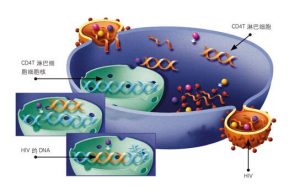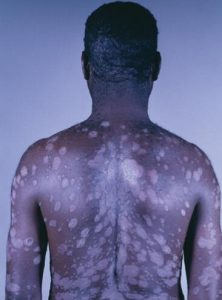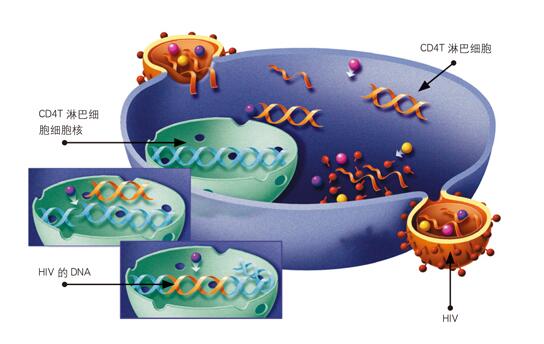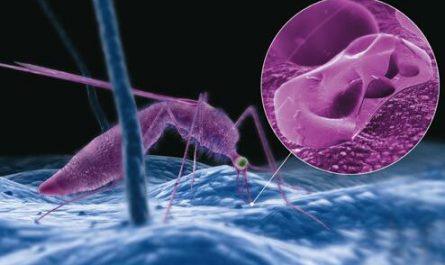There is a spherical virus with a diameter of 1 micron, but it has turned the human world upside down. It is the famous human immunodeficiency virus (HIV)-AIDS virus. The human body infected with this virus will cause immune deficiency, and cause a series of other pathogenic microbial infections and tumors. In severe cases, it can lead to death. The disease caused by HIV is called Acquired Immune Deficiency Syndrome, or AIDS. How does it hurt us?
With the help of a microscope, you can find that the world around you is actually full of dangers: pathogenic microorganisms are everywhere. In order to fight against the “invaders” that threaten survival or to uncover the “traitors” in the body, the human body develops a sophisticated and complex defense and surveillance mechanism, which is the immune system. The immune system is responsible for the task of defending its own safety. Under the surface of a peaceful life, the immune guards always go forward and succeed, fighting desperately against the enemies in the body all the time.

When HIV invades CD4 T lymphocytes, it integrates its own DNA into the DNA of T lymphocytes
White blood cells are the main force of these immune guards. In fact, white blood cells are just a general term. In the white blood cell family, they are also divided into neutrophils, macrophages, lymphocytes, and dendritic cells. They have a clear division of labor and play different roles in different infection situations. For example, in the early stages of infection, neutrophils and macrophages play a major role. They send out messages to greet more companions while fighting invaders to swallow and destroy their opponents. After a few days, lymphocytes begin to take on the battle. Their main responsibility is that they can secrete antibodies, neutralize toxins, and stimulate killer cells in the body to encircle infected objects. After the battle is won, the lymphocytes can also save the memory so that the next time such an intruder attacks can act more quickly and effectively. However, the intrusion of HIV greatly disrupted and destroyed the work of white blood cells. HIV can infect a variety of white blood cells and cause the infected cells to die; HIV can induce killer cells to attack the infected white blood cells, making the number of white blood cells less and less; in addition, HIV can also interfere with the sight of killer cells, making them more innocent. White blood cells initiate an attack, exacerbating the loss of white blood cells. Part of HIV is not eager to kill white blood cells, but chooses to “lurk” in them, looking for the right time to make waves. White blood cells carrying HIV can also bring the virus to the brain and other parts, causing brain damage.

An AIDS patient got psoriasis
In this way, as HIV infection becomes more and more serious, the number and function of white blood cells are getting worse and worse, and the defense ability of the human immune system is getting lower and lower. At this time, once a pathogenic microorganism enters the body, the human body will be unable to stop it; at the same time, some microorganisms that normally guard themselves will also take the opportunity to turn back and cause some rare infections under normal circumstances. Due to the reduced ability of immune surveillance, mutinous cells in the body are also easier to escape, so AIDS patients are more likely to develop tumors. Eventually, AIDS patients will die of incurable infections and tumors.






